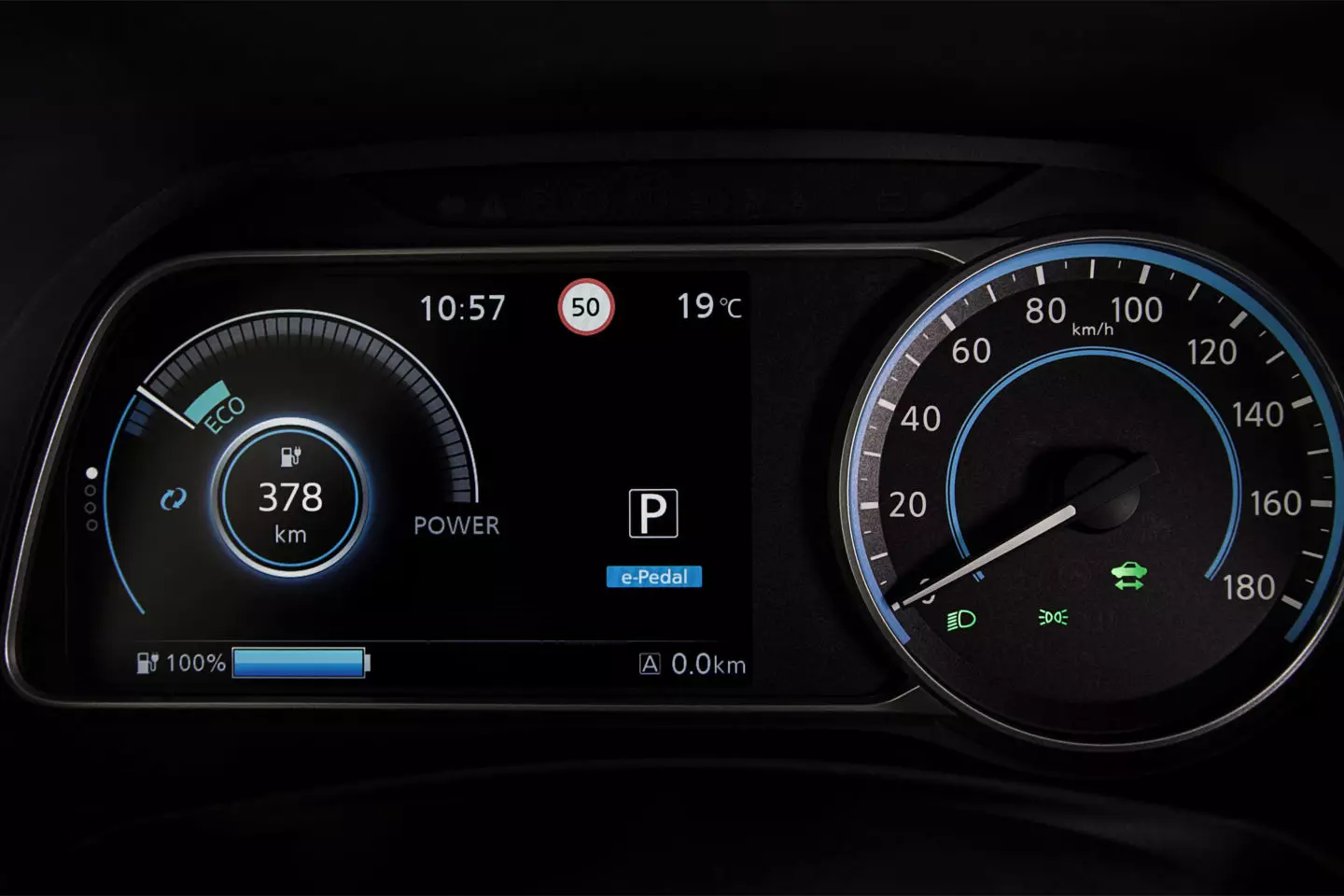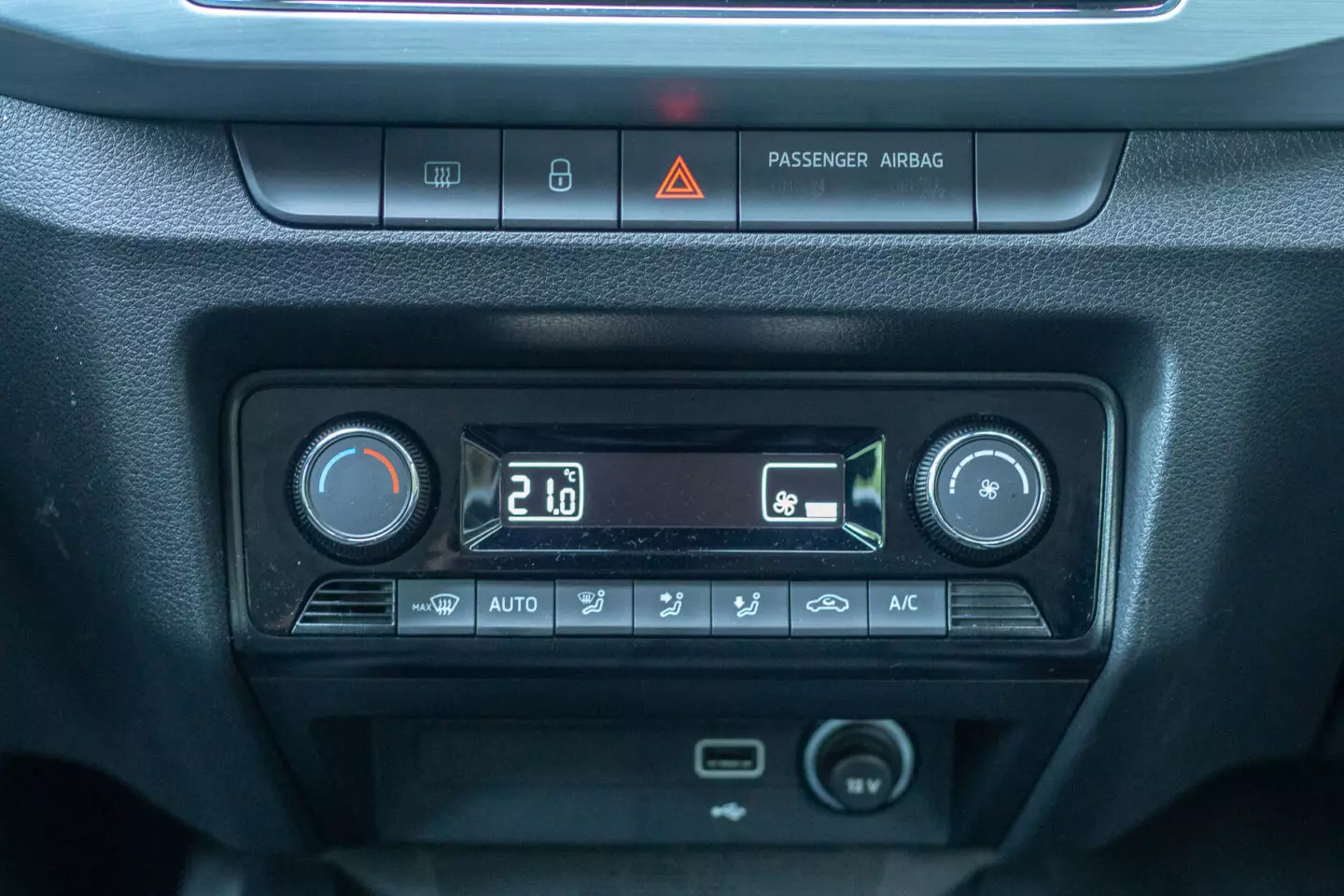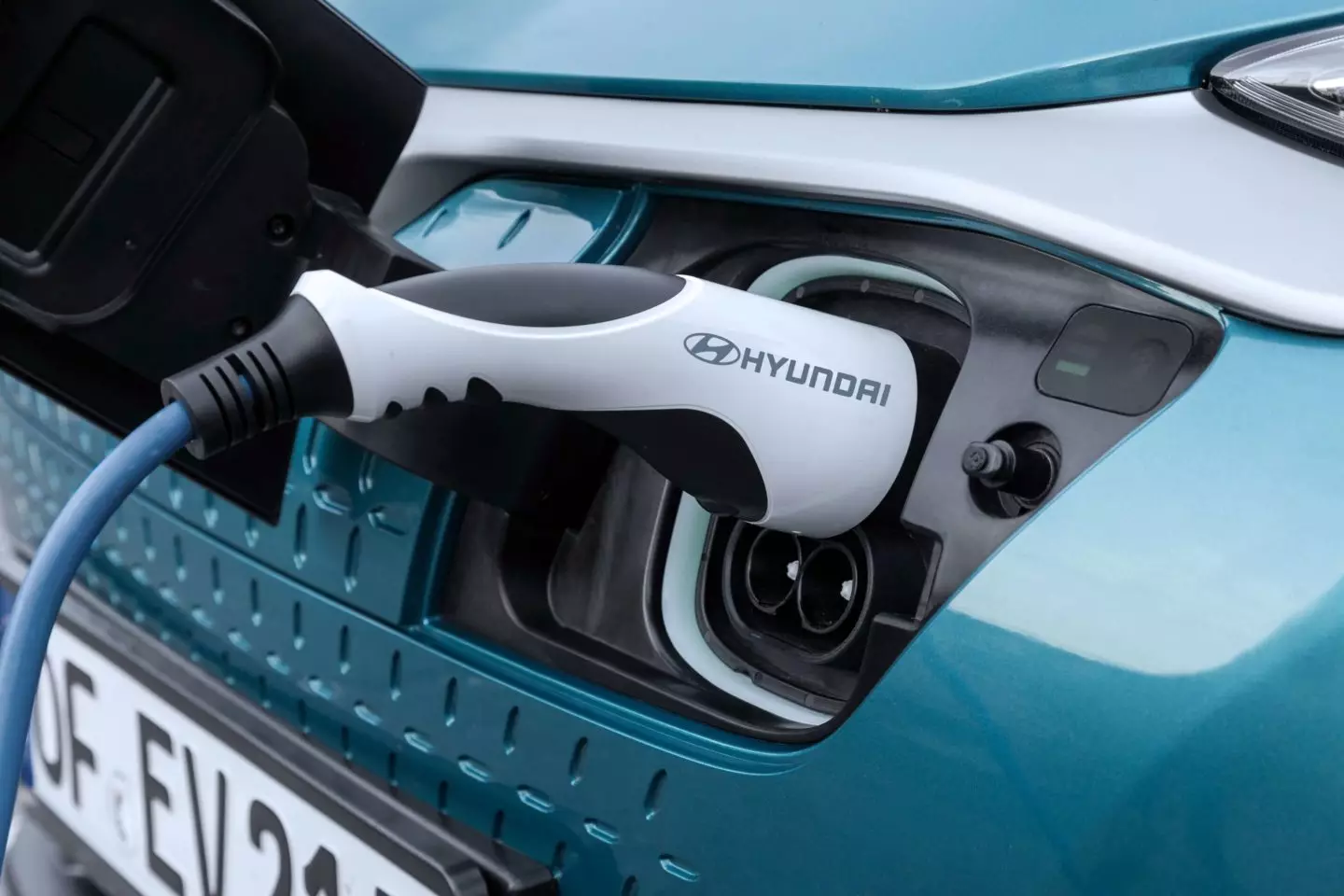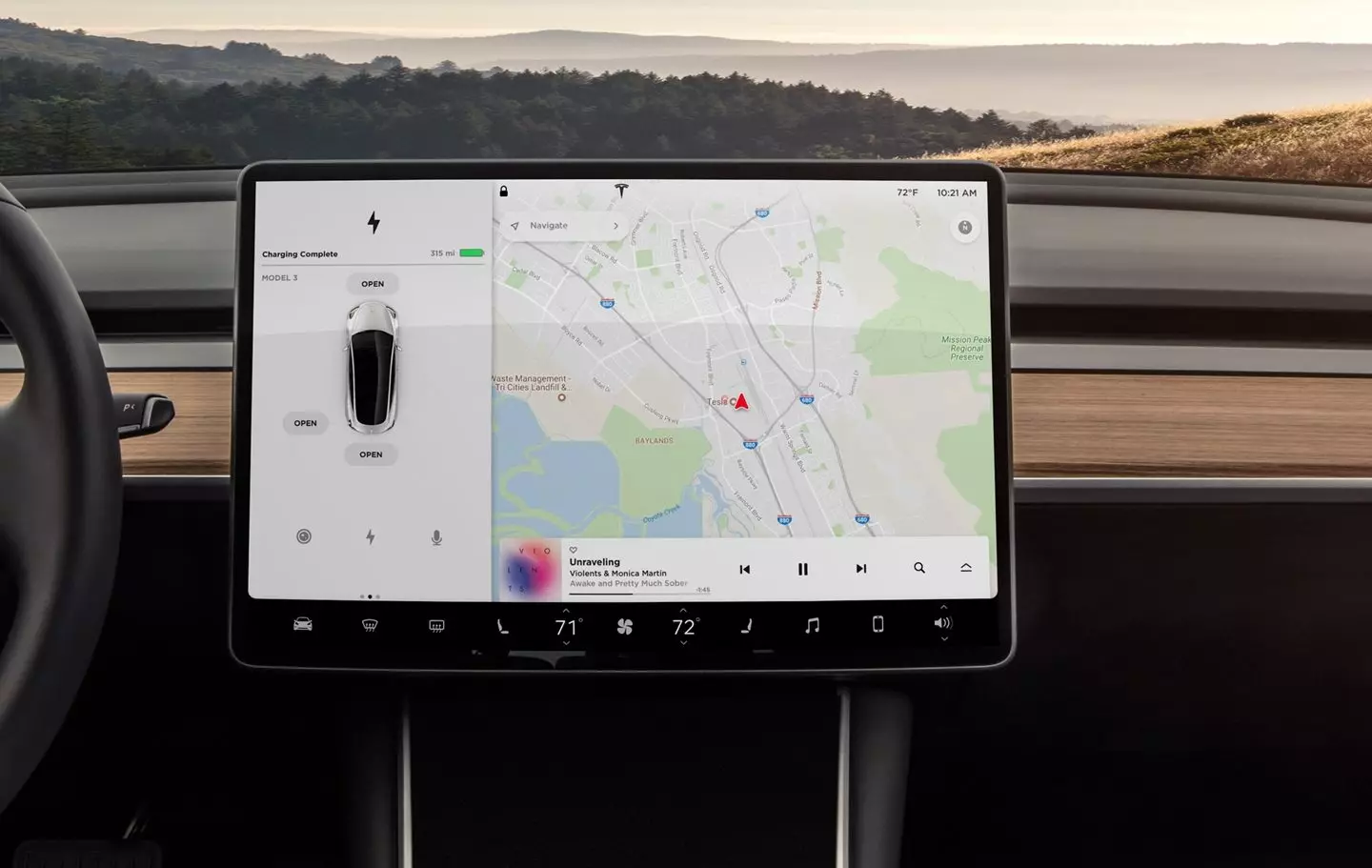Electric cars have evolved at an impressive speed. Just think that about 20 years ago, a car powered by a battery could travel 115 km on a charge (as the Nissan Hypermini did) was remarkable and that today there are trams that can travel more than 400 km for each load.
However, autonomy (or lack thereof), along with charging times, continues to be seen as one of the main problems of electric cars and there are even those who do not accept to buy one just for these reasons.
But, just as there are tips to improve the consumption (and autonomy) of combustion vehicles, there are also tips for the case of electric vehicles. So that the anxiety motivated by the autonomy of electric cars is no longer a problem, here is a list with a series of advice on how to take a few more kilometers from each battery charge.
1. Drive smoothly
The truth is, this advice is applicable to every type of car. The heavier your right foot, the more you will consume (whether electricity or fossil fuels) and the fewer kilometers you will travel.We all know that it's tempting to squish the throttle on starts when you're at the controls of an electric car to enjoy instant torque, but remember that the more often you do it, the sooner you'll have to stop to recharge your batteries. So start off smoothly and avoid aggressive driving.
2. Slow down
Whenever you can, try to walk more slowly, keeping the speed below 100 km/h. By doing this you will be increasing the autonomy of your electric car. According to a study by the US Department of Energy, if we reduce the average speed by around 16 km/h we increase the range by around 14%.
Also, if the electric car has multiple driving modes it is better to opt for "Eco" instead of "Sport" what is lost in acceleration and performance is gained in autonomy.

3. Use regenerative braking
As you know, electric cars are capable of regenerating energy when they slow down through the regenerative braking system. So, when you reach a traffic light or have to stop, take the opportunity to have the regenerative braking system brake instead of using the brakes.If the car allows it, it is also worth adjusting the regenerative braking system setup so that it is able to get as much energy as possible. In this way, it is possible to reward the energy that is lost when starting up at stops.
4. Using the passenger compartment preheating function
Whenever you switch on the interior heating in an electric car (mainly at the maximum), this system draws a considerable amount of energy from the battery. To save energy it is best to turn on the heating of the seats and steering wheel (if your car has them) as they use less energy.
Another option is pre-warm the car while it is plugged in. , so you use less heating while driving.
Like heating, air conditioning also “eats” energy. So the ideal is to use it as little as possible. Opening the windows can be a good alternative, but beware, only at lower speeds, because as the car travels faster, open windows affect aerodynamics, also decreasing autonomy,
If you really have to use the air conditioning, choose to do it while the car is still charging, so it is less necessary to turn it on when you are already on the road.

5. Check tire pressure
There are studies that indicate that about 25% of cars drive with tires with an incorrect pressure , and electric cars are no exception. As you know, running at too low a pressure will increase energy consumption. Furthermore, when tires are driven at too low pressure, premature and uneven wear can occur and the tire can overheat, which can even lead to a burst.
To avoid these problems and increase autonomy, the tire pressure must be regularly checked and whenever necessary, it must be replaced according to the data indicated by the manufacturer (usually the indicated pressures are on a sticker on the driver's door).

6. Reduce weight on board
One of the best ways to increase a car's efficiency is to take weight off it. Of course this also applies to electric cars. That's why you should avoid traveling with superfluous things in the trunk or scattered around the car. By doing so the autonomy can be increased between 1 to 2%.7. Learn to charge the battery
Contrary to what you might think, it might not be such a good idea to always have the battery plugged in when the car is in the garage. It's just that most batteries used by electric cars tend to start discharging slowly after charging has finished.
Therefore, the ideal is that the charging finishes even before the start of the trip. By doing so the average battery life expectancy also improves.

8. Plan the trip
Sometimes the fastest way is not the most efficient. For example, it is possible to achieve greater autonomy when traveling on a national road (because you travel slower and the energy regeneration system has more opportunities to do its job) than on a highway, where we are constantly accelerating and consuming energy.
At the same time, very mountainous areas or areas with traffic should be avoided, as these situations will also pass the bill in terms of autonomy. So, the best thing is to plan the trip in advance, as this way you can not only avoid routes that consume more energy, but also plan to go through places where you can charge your car.

9. Maintain aerodynamics
As you know, electric cars are designed with aerodynamics in mind. The less resistance they offer to the passage of air, the more efficient they will be. Therefore, we must avoid destroying part of the work of designers and engineers. To do this, simply do not install roof bars or suitcases that could harm aerodynamics and autonomy.
